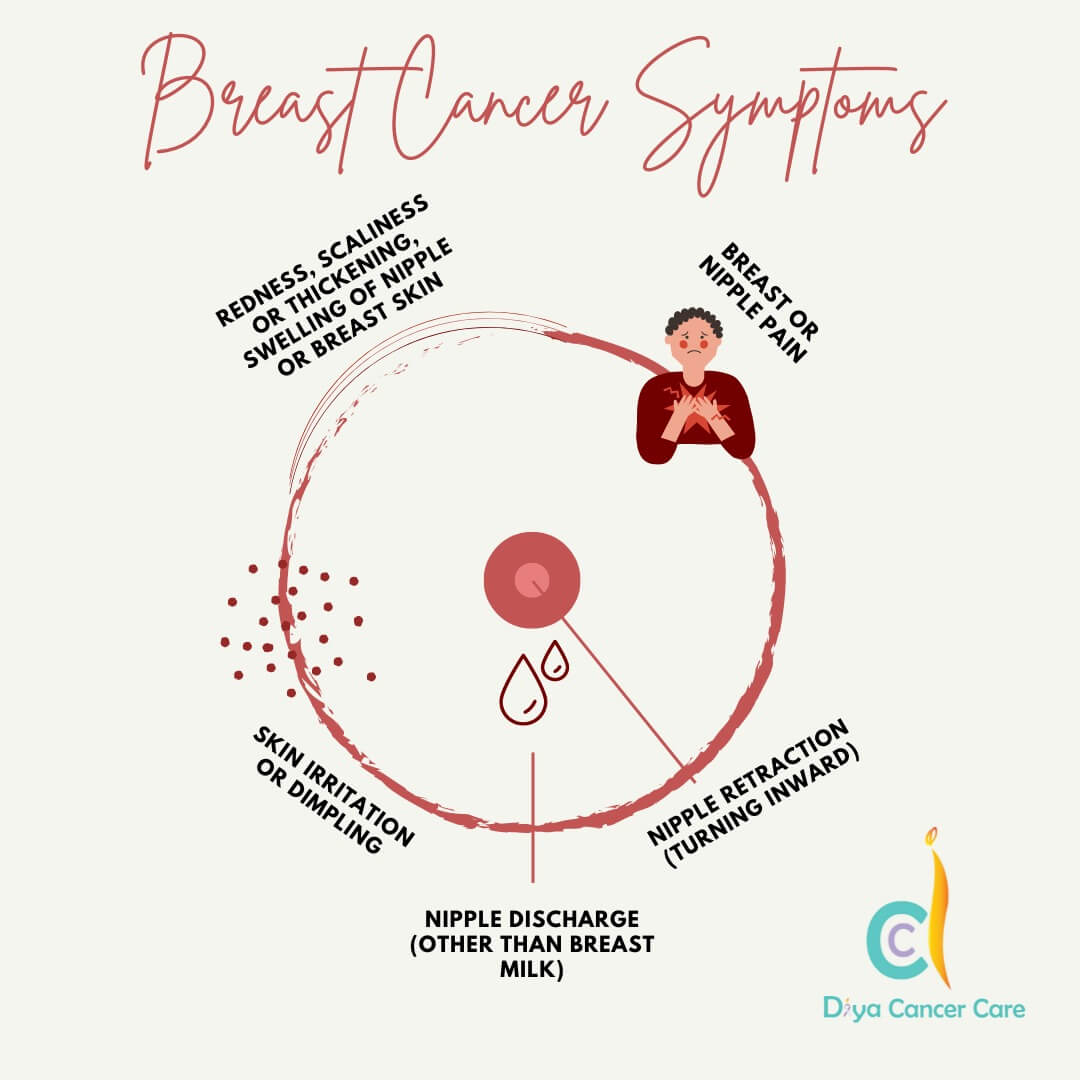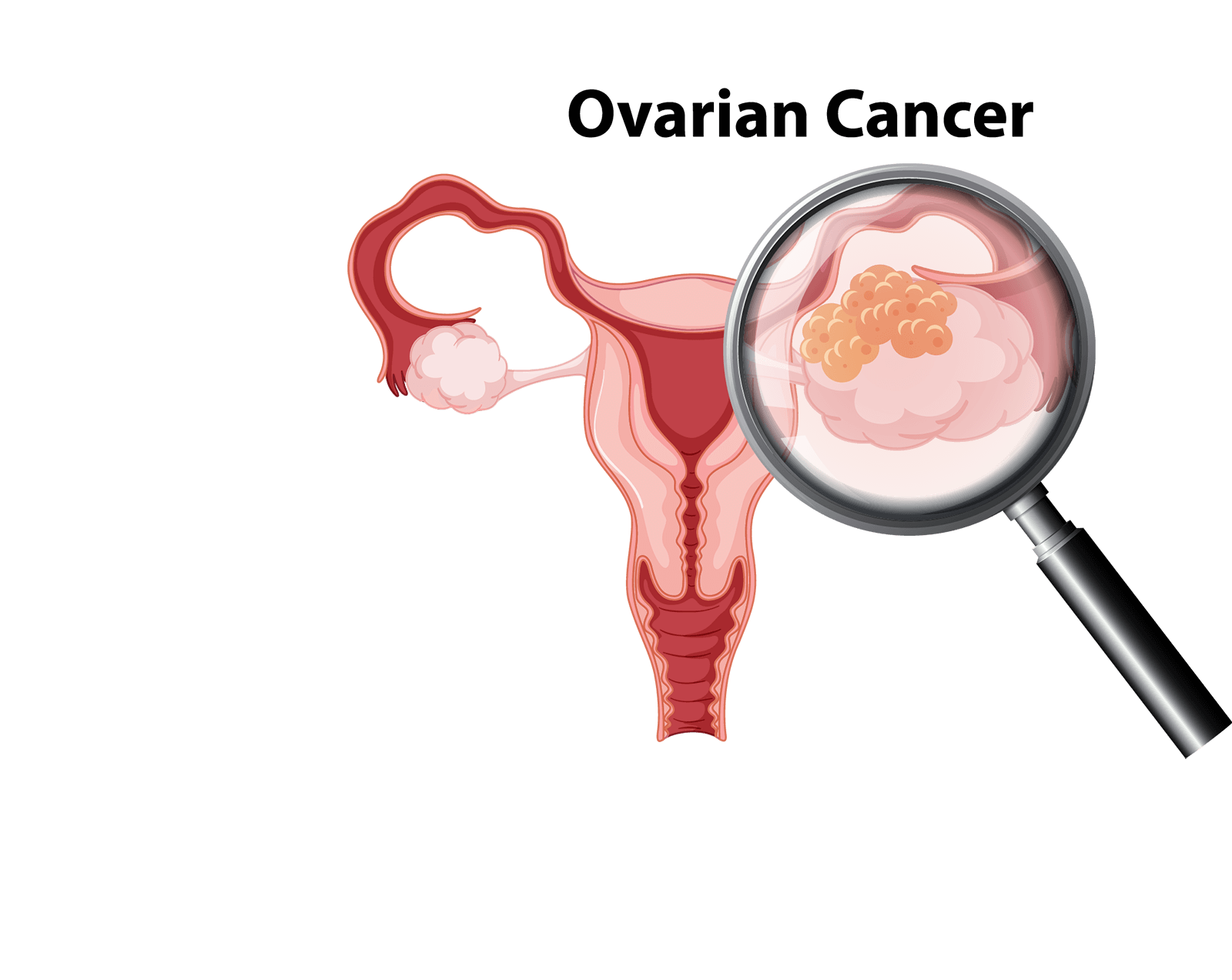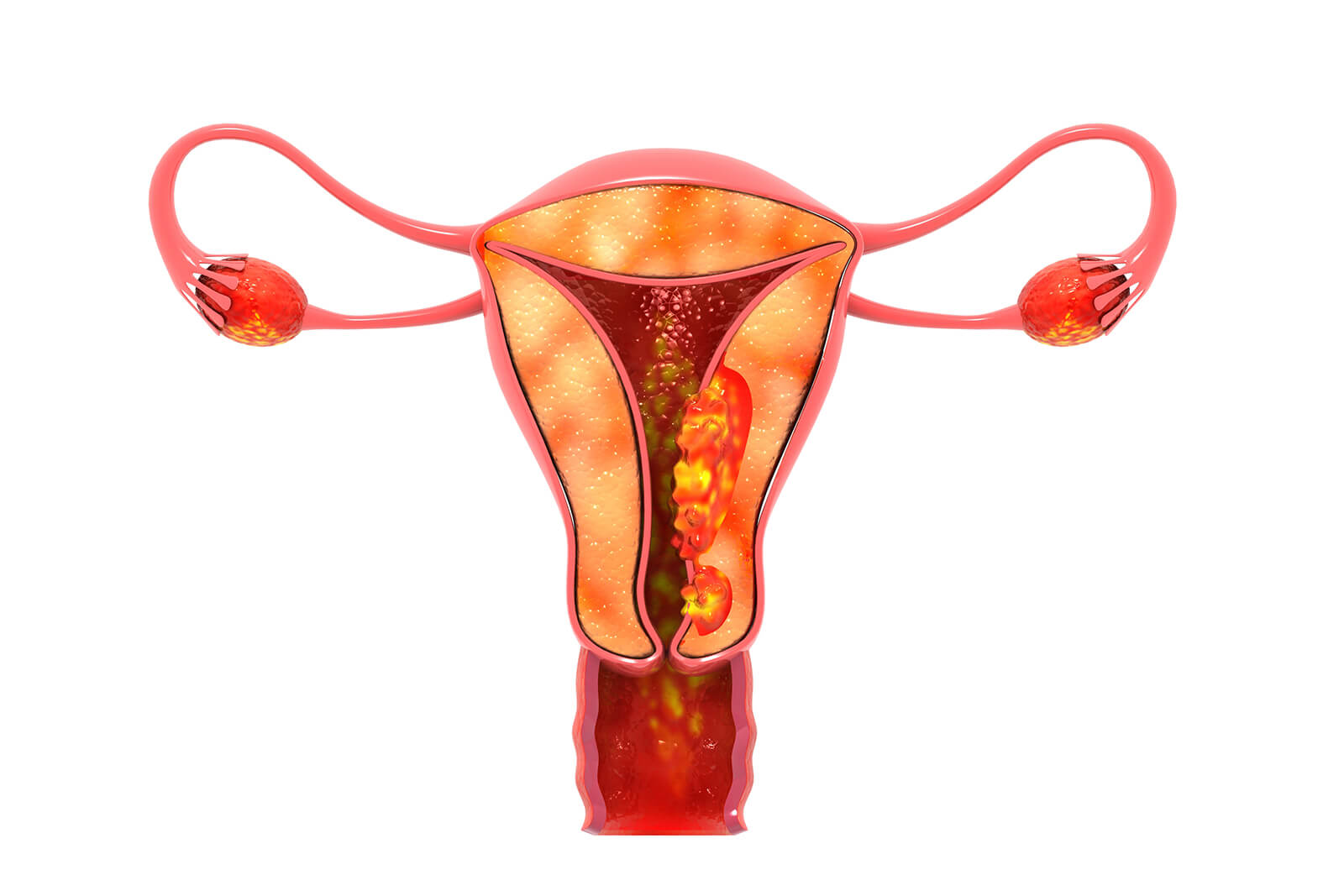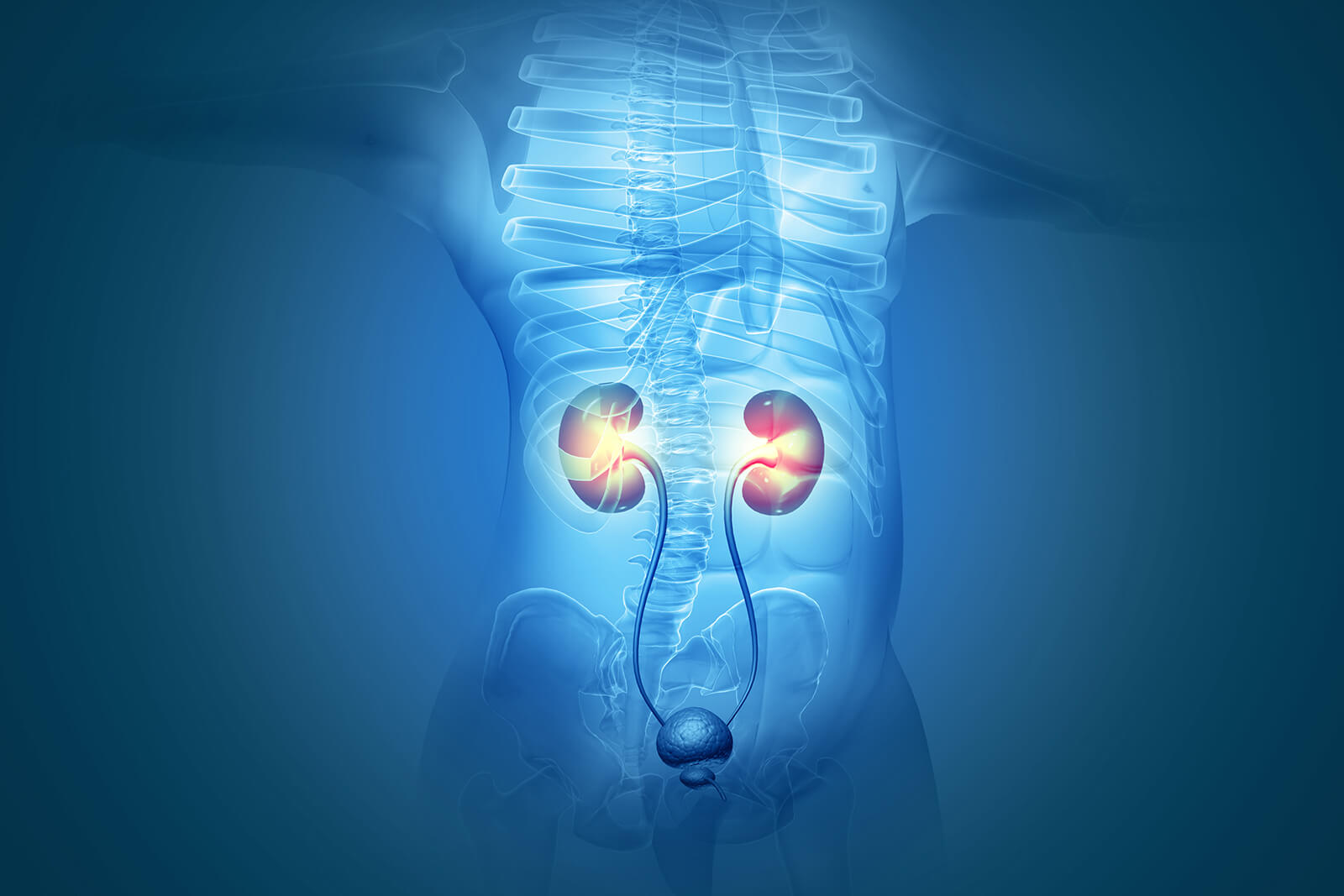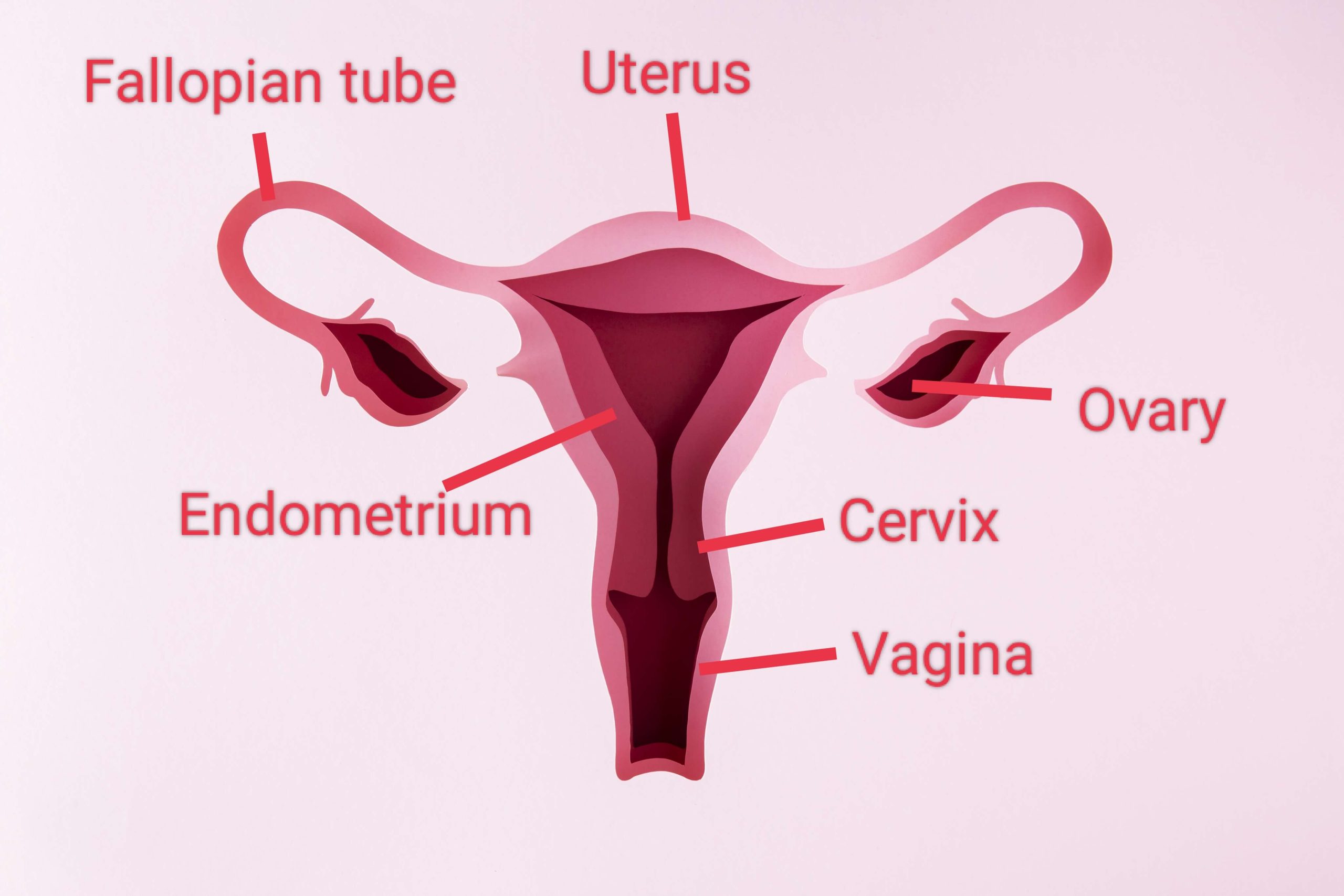
Cervical cancer is a type of cancer that occurs in the cells of the cervix — the lower part of the uterus that connects to the vagina.It is the second most common cancer in women aged 15-44 years.
Various strains of the human papillomavirus (HPV), a sexually transmitted infection, play a role in causing most cervical cancer.
When exposed to HPV, the body’s immune system typically prevents the virus from doing harm. In a small percentage of people, however, the virus survives for years, contributing to the process that causes some cervical cells to become cancer cells.
You can reduce your risk of developing cervical cancer by having screening tests and receiving a vaccine that protects against HPV infection.
WHAT ARE THE SYMPTOMS:
- Intermenstrual or postmenopausal bleeding
- Abnormal heavy white discharge
- Bleeding after sexual intercourse
- Flank pain
HOW TO DETECT EARLY?
- Regular pap smear after first sexual exposure – once a year
- Pap smear with HPV DNA testing – once every 3 to 5 years
WHAT NEXT?
- Early stages of cervical cancer can be detected by surgery` alone in the form of radical hysterectomy.
- Locally advanced cancers will need radiation with or without surgery.
